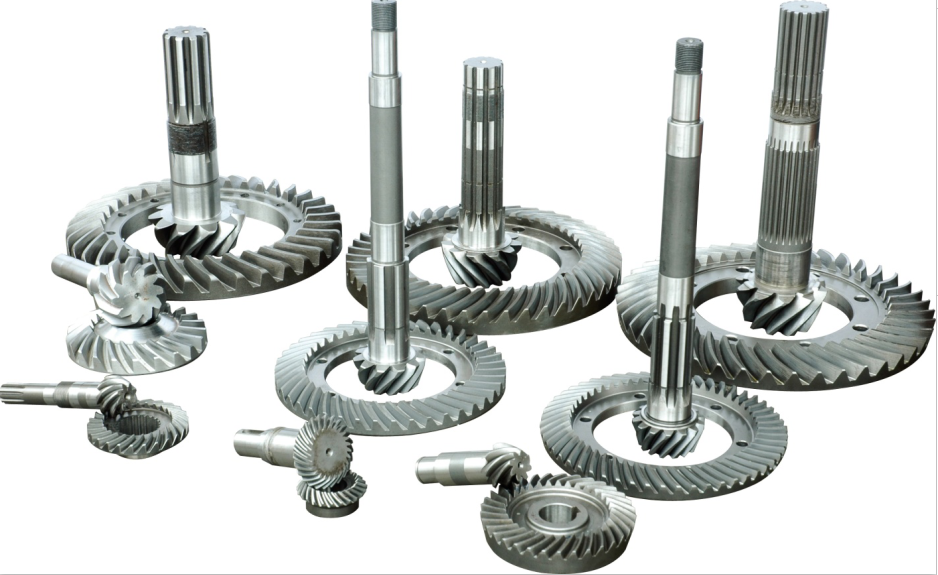Designing and selecting worm gears for optimal performance involves considering various factors to ensure efficient and reliable operation. Here are some key considerations to master the design and selection process for worm gears:

- Load requirements: Understand the load characteristics of the application, including the magnitude, direction, and duration of the load. Consider factors such as static loads, dynamic loads, shock loads, and intermittent loads. This information helps determine the required load-carrying capacity and durability of the worm gear.
- Gear ratio: Determine the desired gear reduction ratio for the application. This involves considering the speed requirements and torque multiplication or reduction needed. Select a suitable worm and worm wheel combination that provides the desired gear ratio while maintaining efficiency and reliability.
- Material selection: Choose appropriate materials for the worm and worm wheel based on factors such as load capacity, wear resistance, and operating conditions. Common materials for worm gears include steel, bronze, and cast iron. Consider factors such as hardness, strength, and compatibility between the worm and worm wheel materials to ensure optimal performance and longevity.
- Helix angle: The helix angle of the worm determines the gear ratio and affects the efficiency of the gear system. Select an appropriate helix angle that balances the desired gear ratio with considerations such as efficiency, sliding friction, and heat generation. Higher helix angles typically provide higher gear ratios but may result in lower efficiency.
- Tooth profile: Choose the appropriate tooth profile for the worm wheel to ensure smooth engagement and optimal load distribution. Common tooth profiles for worm gears include the standard involute profile and modified profiles such as the circular arc or concave profile. Consider factors such as load distribution, contact stresses, and noise generation when selecting the tooth profile.
- Lubrication: Proper lubrication is crucial for the efficient operation and longevity of worm gears. Select a suitable lubricant based on factors such as load, speed, temperature, and operating environment. Ensure that the lubricant provides adequate film thickness, reduces friction and wear, and offers good compatibility with the materials used.
- Efficiency considerations: Worm gears have inherent efficiency limitations due to sliding contact. However, design optimization can help improve efficiency. Consider factors such as the lead angle, tooth profile, surface finish, lubrication, and material selection to minimize losses and maximize efficiency. Additionally, consider the trade-off between efficiency and other design considerations, such as load capacity and gear ratio.
- Backlash management: Backlash can affect the accuracy and precision of the gear system. Implement measures to minimize backlash, such as proper mesh alignment, careful machining tolerances, and the use of anti-backlash devices if necessary. Consider the application requirements and the desired level of positional accuracy when determining the acceptable level of backlash.
- Manufacturing considerations: Ensure that the design is manufacturable and aligns with the capabilities of the manufacturing process, such as gear hobbing or gear shaping. Consider factors such as tooling requirements, machining tolerances, and the expertise and equipment available for producing high-quality worm gears.
- Application-specific considerations: Take into account any specific requirements or constraints of the application, such as environmental conditions, operating temperature, noise limitations, and maintenance requirements. These factors can influence the design and selection of worm gears to meet the unique demands of the application.
It is important to note that designing and selecting worm gears for optimal performance often requires expertise and specialized knowledge. Consulting with experienced gear designers, engineers, or manufacturers can provide valuable insights and ensure the best results for your specific application.
